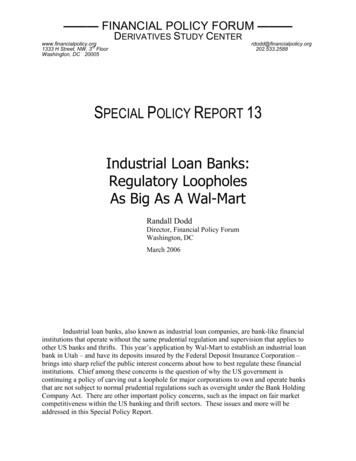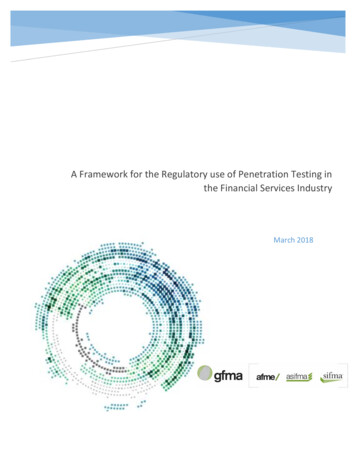
Transcription
A Framework for the Regulatory use of Penetration Testing inthe Financial Services IndustryMarch 2018
1 Table of ContentsDisclaimer . 2Executive Summary . 3Contributing Organizations . 6Introduction . 7Background . 7Purpose of this Framework . 8Testing Options . 8Testing Lifecycle. 91.4.1Threat Intelligence Phase . 91.4.2Planning Phase . 101.4.3Testing Phase . 101.4.4Analysis and Response Phase. 10Regulatory Role . 10The Testing Lifecycle . 112Threat Intelligence . 11Scenario Development . 11Select and Prioritize Testing Scenarios . 11Validation. 12Maintenance. 123Planning Phase . 13Project Management . 13Risk Management . 14Scoping . 14Testing Options . 15Timing of Tests. 15Rules of Engagement (ROE) . 15Resourcing / Qualifications. 164Testing Phase . 18Operational Planning . 18Execution . 20Review . 215Analysis and Response Phase . 221
Analysis . 22Response. 23Notification . 23Reporting . 23Data Protection. 24Distribution . 246Conclusion . 257Glossary . 26DisclaimerThese materials are for general informational purposes only, and are not intended to provide, and donot constitute, investment, tax, business or legal advice to any individual or entity. The views andopinions expressed in these materials are solely those of the authors and do not necessarily reflect theofficial policy or position of GFMA, SIFMA, AFME, ASIFMA, or their employees, or members. We makeno representations warranties or guarantees, expressed or implied, that the information containedherein is up-to-date, accurate, or complete, and we have no obligation to update, correct, orsupplement this information, or to otherwise notify you, in the event that any such information is orbecomes outdated, inaccurate, or incomplete. To the fullest extent permitted by law, we expresslydisclaim all warranties of any kind, whether expressed or implied, including but not limited to impliedwarranties of merchantability, fitness for a particular purpose, title, and non-infringement. Referenceherein to any specific commercial product, process, or service by trade name, trademark, manufacturer,or otherwise does not necessarily constitute or imply its endorsement, recommendation, or favoring byGFMA, SIFMA, AFME, ASIFMA, or their employees, or members.2
Executive SummaryCybersecurity is a major priority for the financial services industry. Penetration testing and red teaming(hereafter “testing”) serves as one of the foremost tools in enabling a robust security program within afinancial institution. Such testing allows firms to evaluate their systems and the controls that protectthem in order to identify and remediate vulnerabilities, thereby strengthening their infrastructure andorganization against cyber threats.Increased interest by global regulators has led to the proliferation of regulatory-mandated testinginitiatives. While these tests are understandably important pieces of regulatory oversight, they canpresent risks to firms and the firms’ clients if the test results become public or are inadvertentlydisclosed or stolen. This is especially true if penetration testing is not approached in a collaborative andcoordinated manner.Towards that end, the Industry recently published a set of principles to harmonize the growingregulatory demand for penetration testing and red-teaming. The shared goals are to: Provide regulators the ability to guide penetration testing and red teaming programs to meetsupervisory objectives through use of scenarios based on current risks that drive scheduling andscoping of testing activitiesProvide regulators with a high degree of confidence that testing is conducted by trained,certified and qualified personnel with sophisticated tools that can accurately emulateadversaries, as requiredProvide regulators transparency into the testing process and results for both regulator-drivenand firm-driven testing as well as assurance that firm governance identifies and properlyaddresses weaknessesEnsure testing activities are conducted in a manner that minimizes operational risks and ensuresdata security by including strict protocols for distributing test data and resultsBuilding off of these principles, this Framework is designed to create an agreed upon approach forregulators and financial services firms to conduct effective testing to satisfy both supervisory and firmoriginated requirements. The Framework’s objectives are to: Engage regulators globally with a common framework to facilitate open dialogue; Ensure regulatory concerns and recommendations are considered; and, Establish an industry-wide process where emerging technologies, threats, industry-leadingpractices and regulatory requirements drive continued iteration of the Framework.The target audience for this Framework includes those in the financial services industry who conduct,rely or call for the execution of penetration testing and red teaming, including (but not limited to): Financial Industry RegulatorsFirm ExecutivesFirm Information Security ProfessionalsFirm Information Owners / Technology Specialists3
TestersThird-party Stakeholders (e.g., in the case of managed systems testing, cloud computingproviders, etc.)Other Industries like Fintech, Telecommunication, Media, etc.The Framework documented below outlines a four-phased Testing Lifecycle (see diagram) to ensurefirms are following industry best practices while simultaneously meeting regulatory demands. The fourphases of firm-led red teaming or penetration testing are the following: Threat Intelligence Phase – A firm’s internal intelligence should be augmented by governmentagencies and sector level financial industry resources. Final threat intelligence scenarios shouldbe approved by regulators, where applicable.Planning Phase – Test activities should be prioritized and scheduled according to threatintelligence and regulator input in planning the scope of the exercise.Testing Phase – Testing should begin after operational planning and attack methodologies areagreed upon.Analysis and Response Phase – This phase includes the development of executive / technicalreports and associated firm responses. Summary versions of final reports may be distributedinternally within the firm and to regulators and would include a sign-off from the organization’sBoard on the identified vulnerabilities and associated remediation plan.Testing LifecycleWhile the Framework provides an approach for penetration testing and red teaming, it is not intendedto serve as a detailed industry playbook for conducting testing. It is primarily focused on the interactionbetween regulators and firms when conducting tests and is not intended to provide granular technicaldetails of the testing process.4
This document, while directional in nature, is designed to guide both regulators and the financialservices industry to develop a safe, secure and scalable testing program to manage inherentshareholder, investor, market and firm reputation/financial risks arising out of a potential cyber-attack.5
Contributing OrganizationsThe following financial firms, trade associations and consulting organizations provided substantialsupport and input towards developing this document and its contents.6
IntroductionBackgroundThe growing regulatory interest in penetration testing and intelligence-driven red teaming and theproliferation of various frameworks and approaches initiated the development of this Framework toensure consistent, safe, secure and scalable testing regimes. Penetration tests are powerful tools toassess a firm’s cyber security program but due to their invasive nature, testing data and results areparticularly sensitive. Testing results with vulnerability data can provide a clear roadmap to attack afirm, therefore it is imperative that the distribution of detailed test results be tightly controlled. Withmore jurisdictions interested in these invasive tests, firms face increasing operational risk without anagreed framework for performing tests that can safely fulfill supervisory requirements.To manage that perceived operational risk, the Global Financial Markets Association (GFMA) togetherwith the Securities Industry and Financial Markets Association (SIFMA), Association for Financial Marketsin Europe (AFME), Asia Financial Markets Association (ASIFMA), in partnership with the financialindustry, issued a joint comment letter1 during July 2016 outlining issues associated with regulatorydriven testing followed by a set of principles2 issued December 2017 intended to harmonize the growingregulatory demand for penetration testing.The principles advocate for firms with robust in-house penetration testing or red teaming capabilities tocontinue to utilize their existing programs, while giving firms the option to enhance those programsthrough alignment with an agreed-upon harmonized penetration testing approach.GFMA then brought together a team of subject matter experts from firms across the financial industry,including the Financial Services Roundtable, with the goal of developing a framework for jointagreement between regulators and firms for conducting firm-led penetrat
regulatory demand for penetration testing. The principles advocate for firms with robust in-house penetration testing or red teaming capabilities to continue to utilize their existing programs, while giving firms the option to enhance those programs through alignment with an agreed-upon harmonized penetration testing approach.
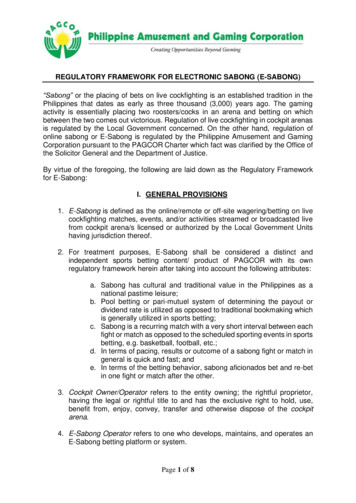
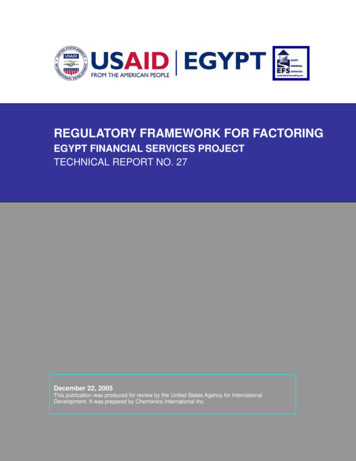

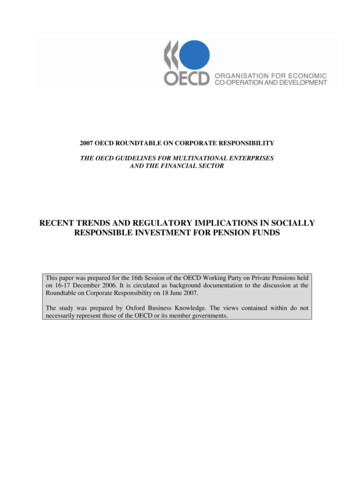
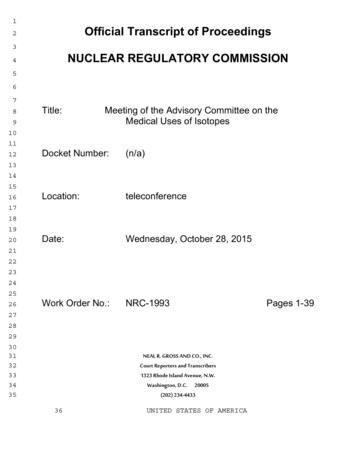

![Financial Services Regulatory Reform (00C) [Read-Only]](/img/2/2018-03-29-davis-polk-financial-services-regulatory-reform-tool-march-2018.jpg)




